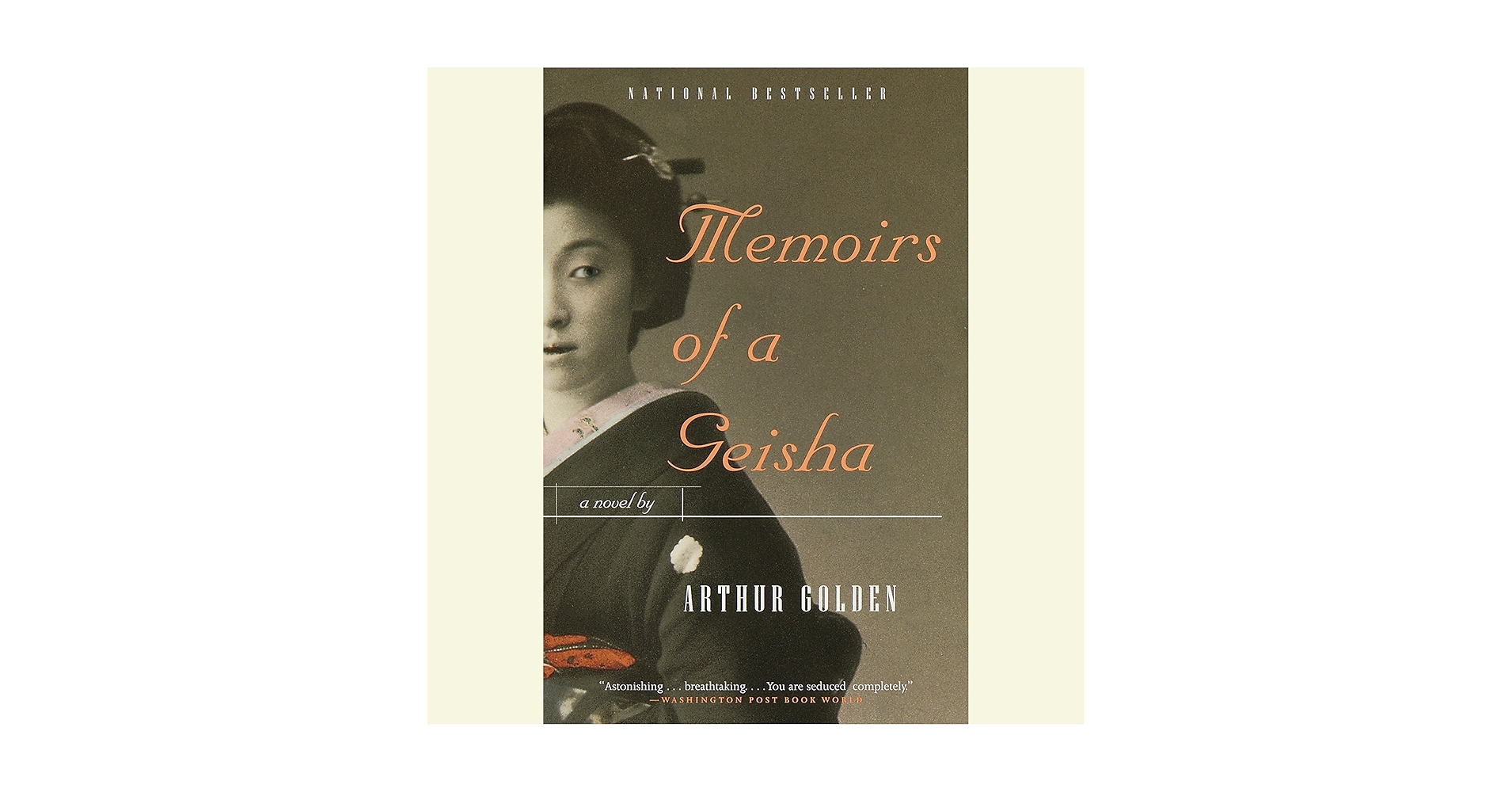Among coffee enthusiasts, few beans generate as much excitement—or command such high prices—as Geisha coffee. Known for its stunningly complex flavor and rarity, Geisha coffee has become a symbol of excellence in the specialty coffee world. But where does it come from, and does it really have any connection to Japanese geishas? Let’s uncover the full story behind this extraordinary coffee.
What Makes Geisha Coffee So Special?
Unique Flavor Profile
Geisha coffee is celebrated for its intricate and refined taste, often described as:
- Floral: Notes of jasmine, rose, and bergamot
- Fruity: Hints of peach, citrus, and mango
- Sweet: Delicate accents of honey and tropical fruits
Its aroma is equally captivating—delicate, floral, and sweet, with a complexity rarely found in other coffee varieties.
Distinctive Appearance
Geisha beans are longer and narrower than typical coffee beans, making them easy to recognize by sight.
Exceptional Quality
Year after year, Geisha coffees consistently rank at the top of international competitions, setting the standard for excellence among specialty coffees.
Limited Production
Due to the plant’s demanding growing conditions and limited yields, Geisha coffee is produced in small quantities, elevating its status as a luxury item.
The Origins and Rise of Geisha Coffee
Ethiopian Roots
Geisha coffee traces its origins to the Gesha region in southwestern Ethiopia. Wild coffee plants from this area are believed to be the genetic ancestors of today’s highly prized Geisha variety.
Journey to Panama
In the 1960s, Geisha seeds were brought to Panama for experimental cultivation. For decades, their potential went unrecognized—until a groundbreaking discovery.
Global Fame
In 2004, Hacienda La Esmeralda’s Geisha coffee stunned judges at the “Best of Panama” competition. Its dazzling flavor profile catapulted Geisha into the international spotlight, sparking a worldwide craze among coffee aficionados.
The Name “Geisha”—A Common Misconception
Despite its name, Geisha coffee has no relation to Japanese geishas. The term “Geisha” is a misspelling of “Gesha,” the Ethiopian region where the coffee variety was first identified. The similarity to the Japanese word is purely coincidental.
How and Where Geisha Coffee Is Grown
Challenging Cultivation
Geisha coffee is notoriously difficult to grow, requiring:
- High altitudes (typically above 1,500 meters)
- Specific climate conditions
- Rich, well-draining soil
These strict requirements contribute to its scarcity and exclusivity.
Key Production Regions
Today, Geisha coffee is most famously grown in Panama. However, it’s also cultivated in Ethiopia, Colombia, Costa Rica, and a few other countries known for high-quality coffee production.
Why Is Geisha Coffee So Expensive?
Limited Supply, High Demand
The rarity of Geisha beans, combined with skyrocketing global demand, drives their premium prices. Top-quality Geisha lots can sell for hundreds of dollars per pound at auctions.
Award-Winning Prestige
Geisha coffees have earned numerous awards and accolades, reinforcing their reputation as the pinnacle of specialty coffee and further fueling their desirability.
Conclusion
Geisha coffee stands apart as one of the most remarkable—and coveted—coffees in the world. From its humble beginnings in the forests of Ethiopia to its celebrated cultivation in Panama, Geisha embodies the artistry and potential of coffee at its finest.
With its enchanting floral and fruity notes and its undeniable rarity, Geisha coffee continues to captivate coffee lovers worldwide. And while its name may suggest a link to Japanese tradition, its true heritage lies in the lush landscapes of Africa.
If you ever have the chance to experience a cup of Geisha, savor it—it’s a rare and unforgettable taste of coffee perfection.



